Hattusa, also Hattuşa, Ḫattuša, Hattusas, or Hattusha, was the capital of the Hittite Empire in the late Bronze Age during two distinct periods. Its ruins lie near modern Boğazkale, Turkey, (originally Boğazköy) within the great loop of the Kızılırmak River (Hittite: Marashantiya; Greek: Halys).
Charles Texier brought attention to the ruins after his visit in 1834. Over the following century, sporadic exploration occurred, involving different archaeologists. In the 20th century, the German Oriental Society and the German Archaeological Institute conducted systematic excavations, which continue to this day. Hattusa was added to the UNESCO World Heritage Site list in 1986.
 Hattusa Rampart.
Hattusa Rampart. The entrance door.
The entrance door.The earliest traces of settlement on the site are from the sixth millennium BC during the Chalcolithic period. Toward the end of the 3rd Millennium BC the Hattian people established a settlement on locations that had been occupied even earlier and referred to the site as Hattush.[1] In the 19th and 18th centuries BC, merchants from Assyria, centered at Kanesh (Neša) (modern Kültepe) established a trading post there, setting up in their own separate quarter of the lower city.[2]
A carbonized layer apparent in excavations attests to the burning and ruin of the city of Hattusa around 1700 BC. The responsible party appears to have been King Anitta from Kussara, who took credit for the act and erected an inscribed curse for good measure:
"Whoever after me becomes king resettles Hattusas, let the Stormgod of the Sky strike him!"[3]
though in fact the city was rebuilt afterward, possibly by a son of Anitta.[4][5]
 Hattusa city walls reconstructed, Hattusa, Turkey.
Hattusa city walls reconstructed, Hattusa, Turkey.In the first half of the 2nd Millennium BC around the year 1650 BC the Hittite king Labarna moved the capital from Neša to Hattusa and took the name of Hattusili, the "one/man from Hattusa".[6][7] After the Kaskians arrived to the kingdom's north, they twice attacked the city and under king Tudhaliya I, the Hittites moved the capital north to Sapinuwa. Under Muwatalli II, they moved south to Tarhuntassa but the king assigned his younger brother, the future Hattusili III as governor over Hattusa.[8] In the mid-13th century BC Hittite ruler Mursili III returned the seat to Hattusa, where the capital remained until the end of the Hittite kingdom in the 12th century BC (KBo 21.15 i 11–12).[9]
 Reliefs and Hieroglyphs from Chamber 2 at Hattusa built and decorated by Suppiluliuma II, the last king of the Hittites.
Reliefs and Hieroglyphs from Chamber 2 at Hattusa built and decorated by Suppiluliuma II, the last king of the Hittites.At its peak, the city covered 1.8 km2 (440 acres) and comprised an inner and outer portion, both surrounded by a massive and still visible course of walls erected during the reign of Suppiluliuma I (c. 1344–1322 BC (short chronology)). The inner city covered an area of some 0.8 km2 (200 acres) and was occupied by a citadel with large administrative buildings and temples. The royal residence, or acropolis, was built on a high ridge now known as Büyükkale (Great Fortress).[10] The city displayed over 6 km (3.7 mi) of walls, with inner and outer skins around 3 m of thick and 2 m of space between them, adding 8 m of the total thickness.[11]
 The Great Temple in the inner city
The Great Temple in the inner cityTo the south lay an outer city of about 1 km2 (250 acres), with elaborate gateways decorated with reliefs showing warriors, lions, and sphinxes. Four temples were located here, each set around a porticoed courtyard, together with secular buildings and residential structures. Outside the walls are cemeteries, most of which contain cremation burials. Modern estimates put the population of the city between 40,000 and 50,000 at the peak; in the early period, the inner city housed a third of that number. The dwelling houses that were built with timber and mud bricks have vanished from the site, leaving only the stone-built walls of temples and palaces.
The city was destroyed, together with the Hittite state itself, around 1200 BC, as part of the Bronze Age collapse. Excavations suggest that Hattusa was gradually abandoned over a period of several decades as the Hittite empire disintegrated.[12] It has been suggested that a regional drought occurred at that time.[13] Still, signs of final destruction by fire have been noted.[14] The site was subsequently abandoned until 800 BC, when a modest Phrygian settlement appeared in the area.


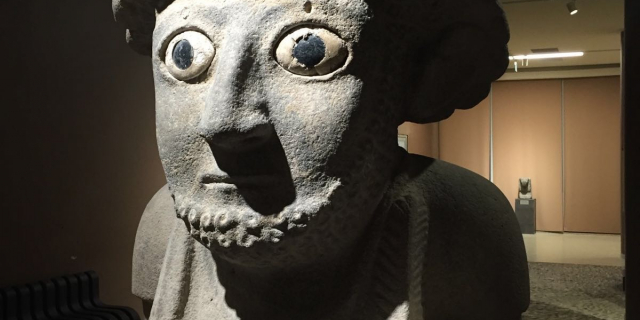
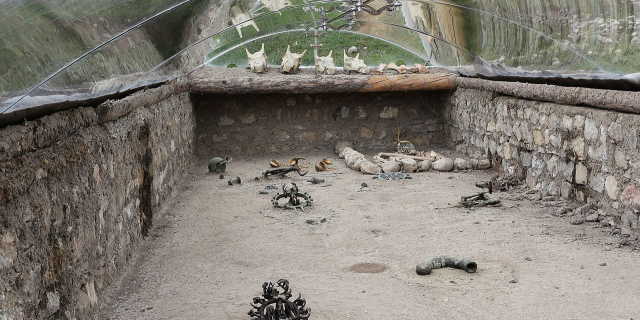



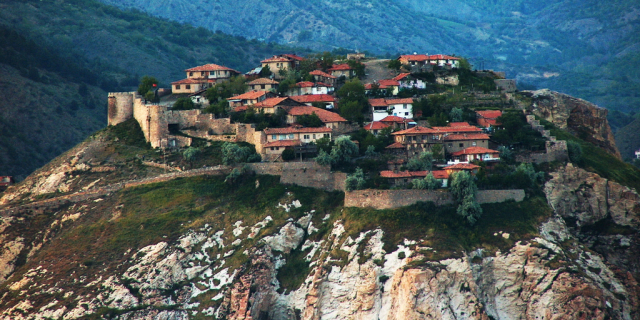


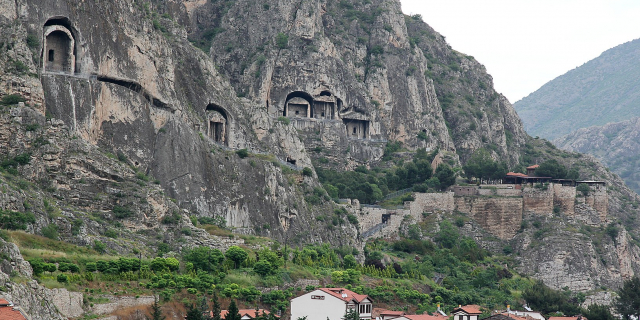



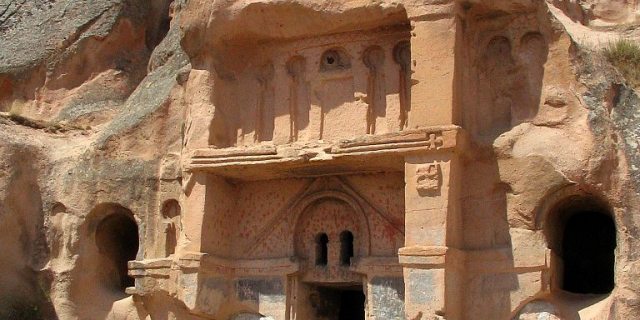


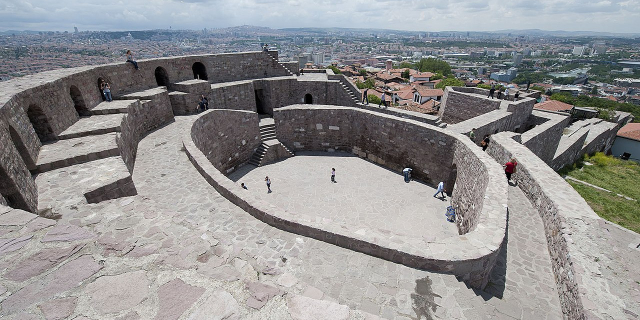

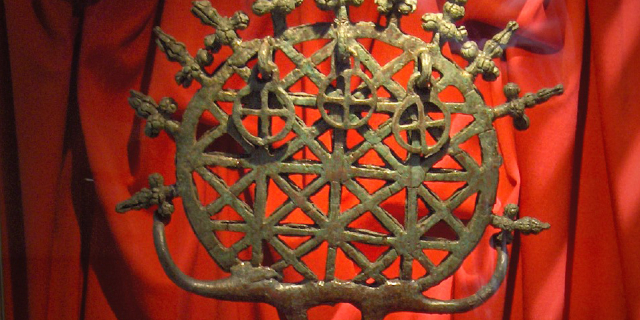
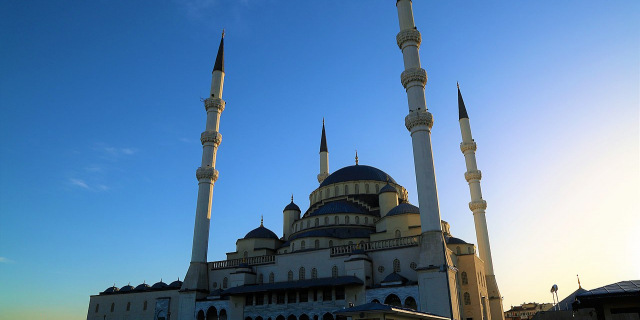

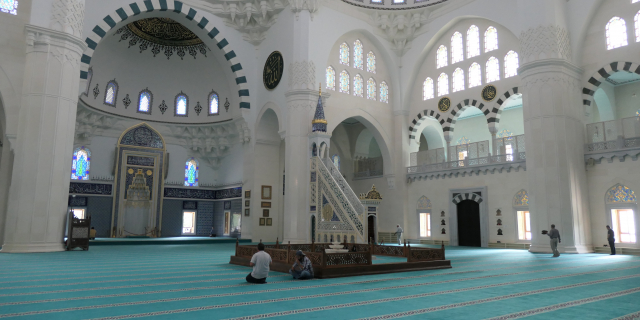




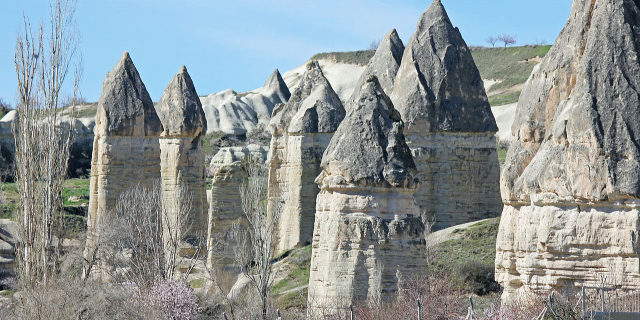
Add new comment